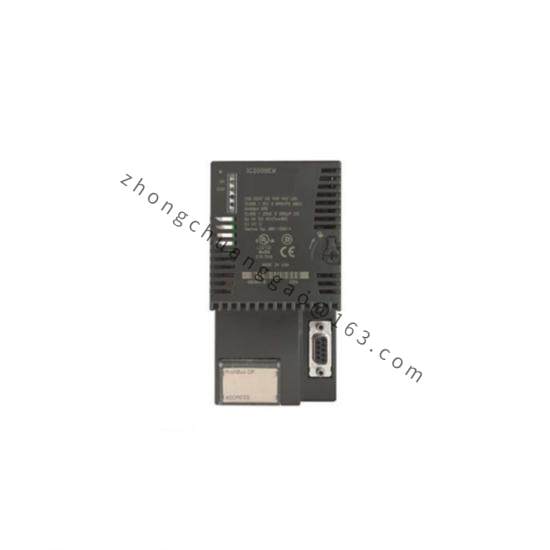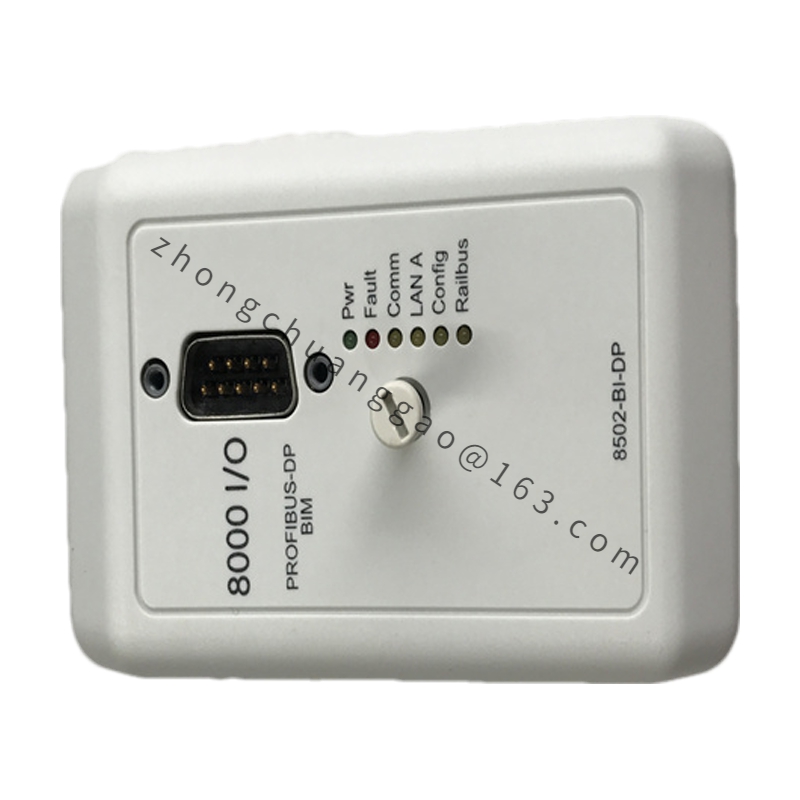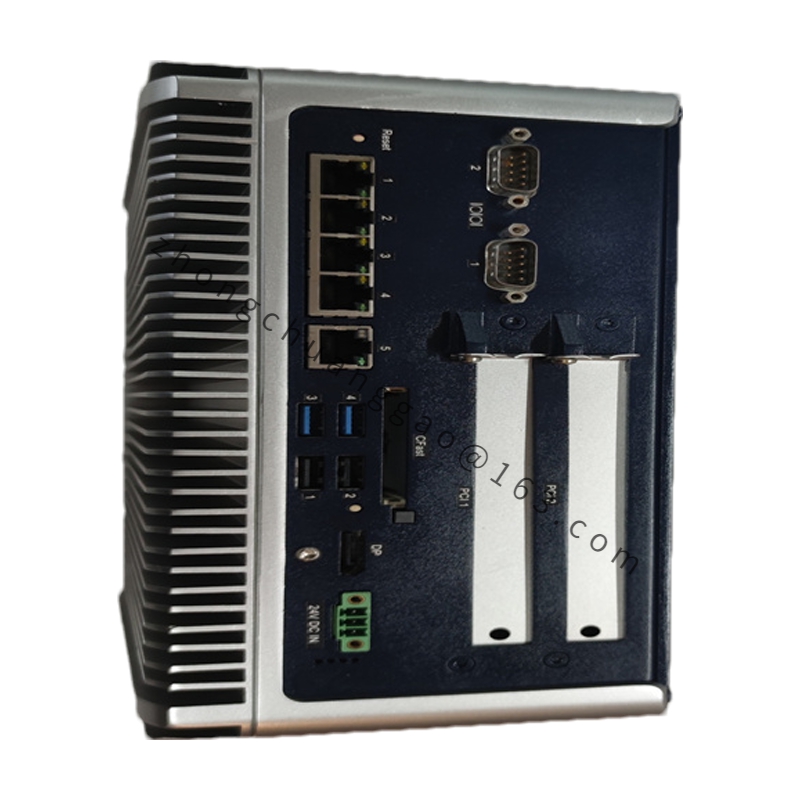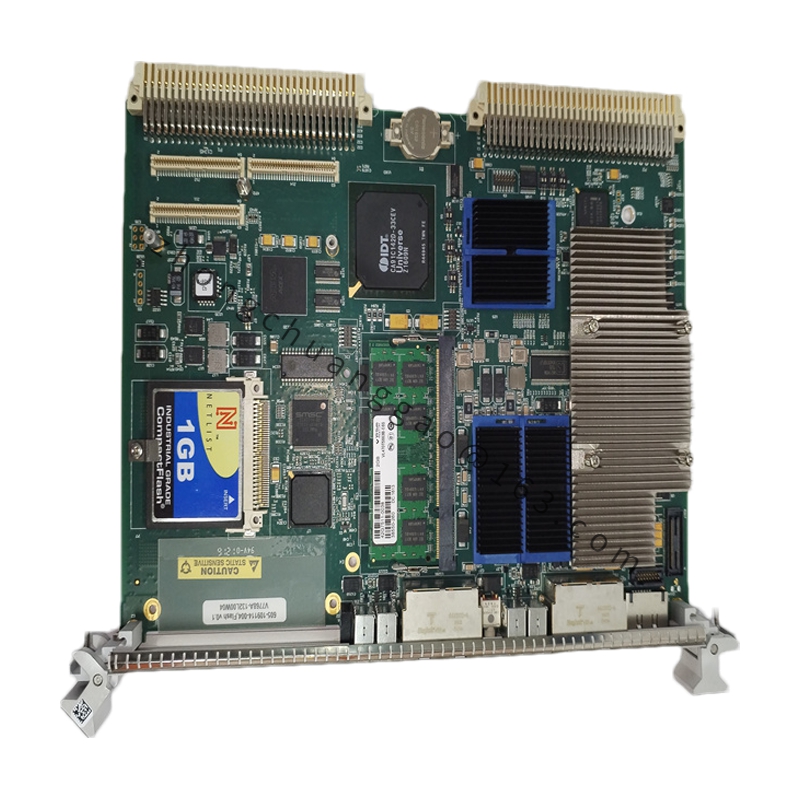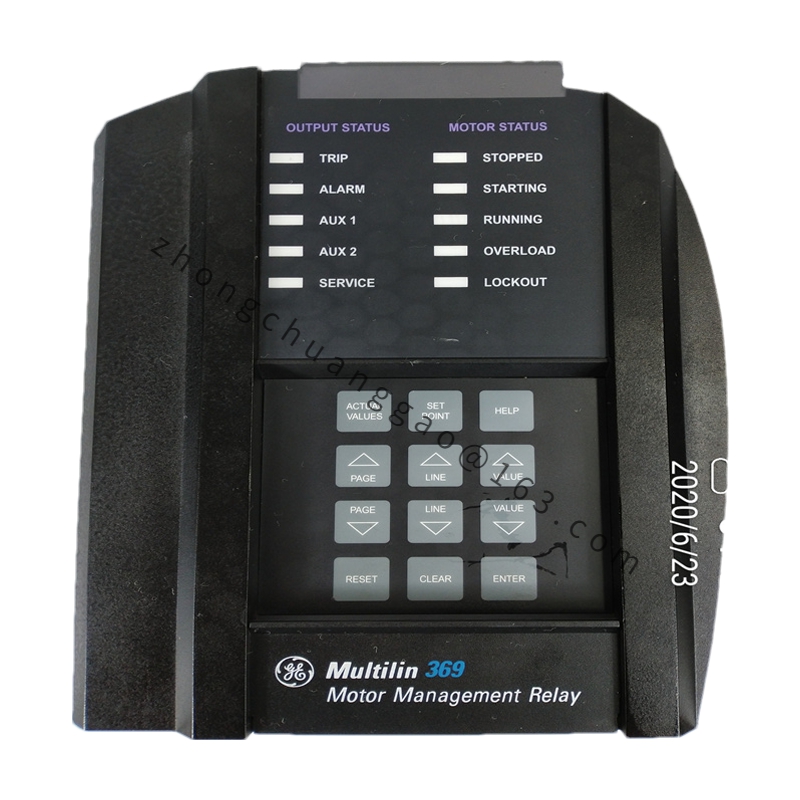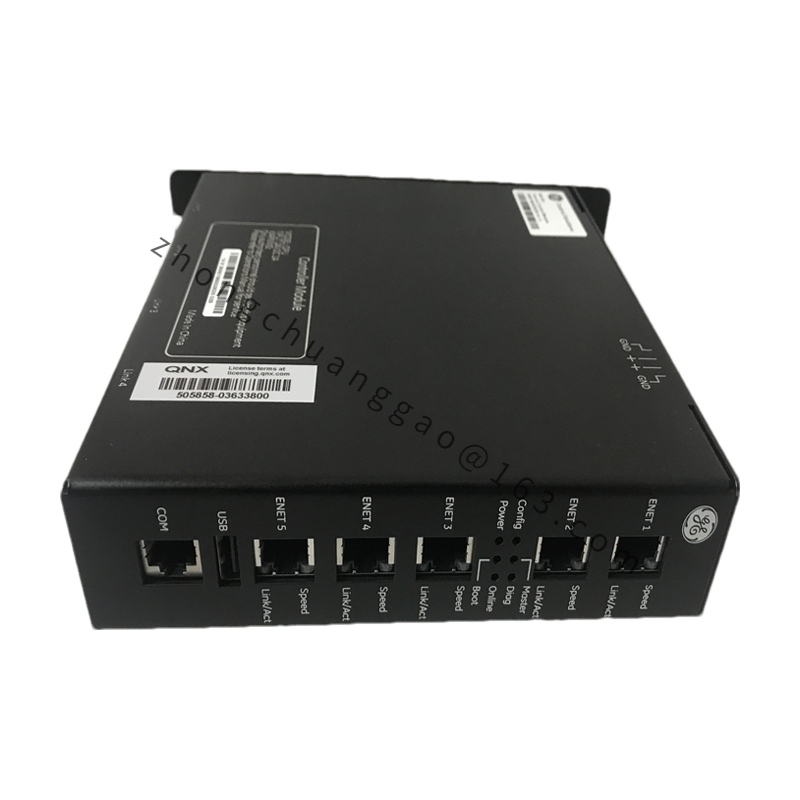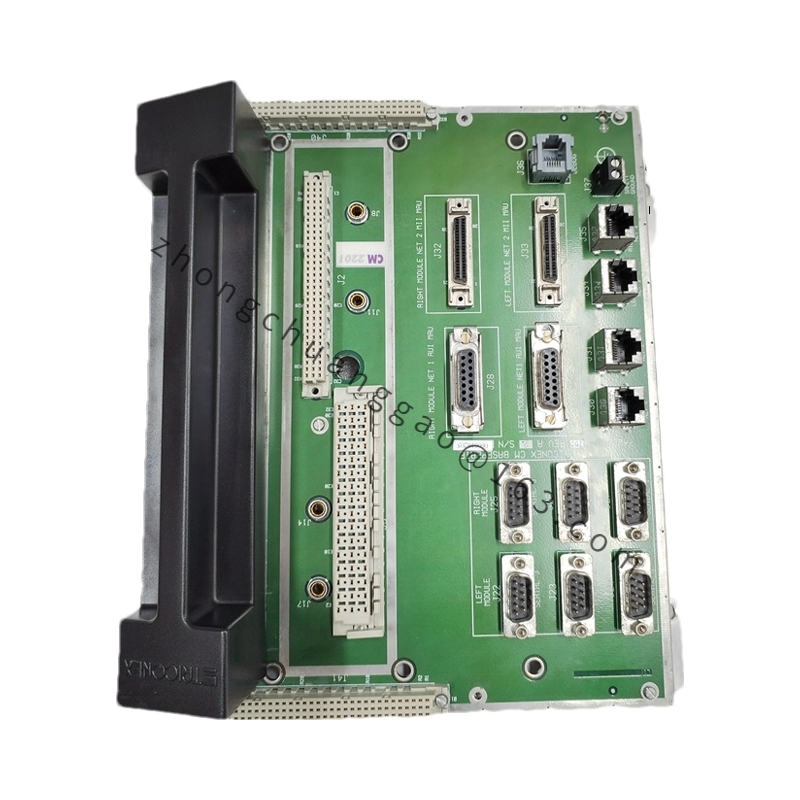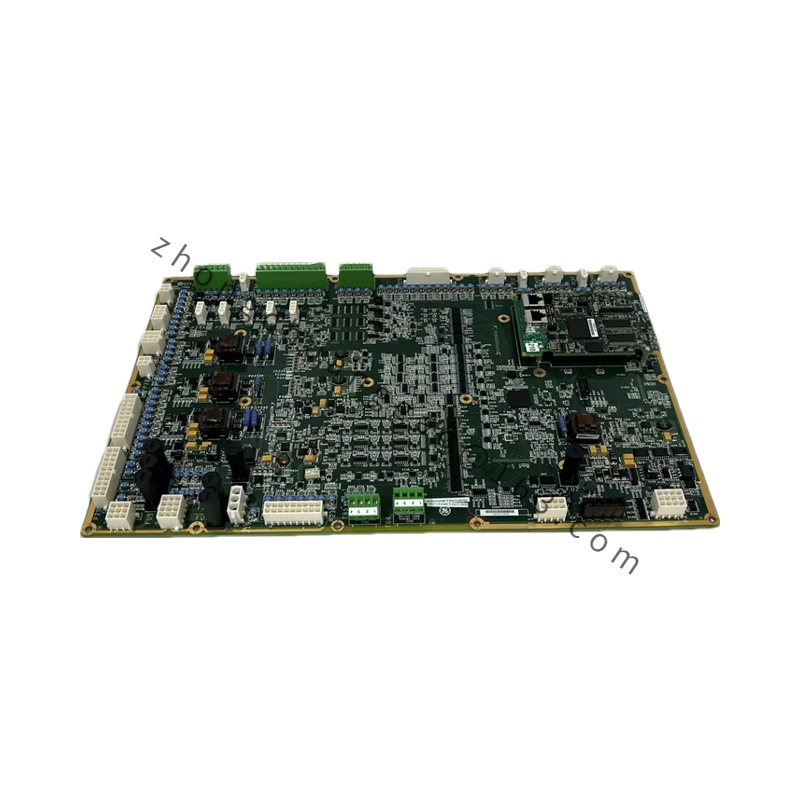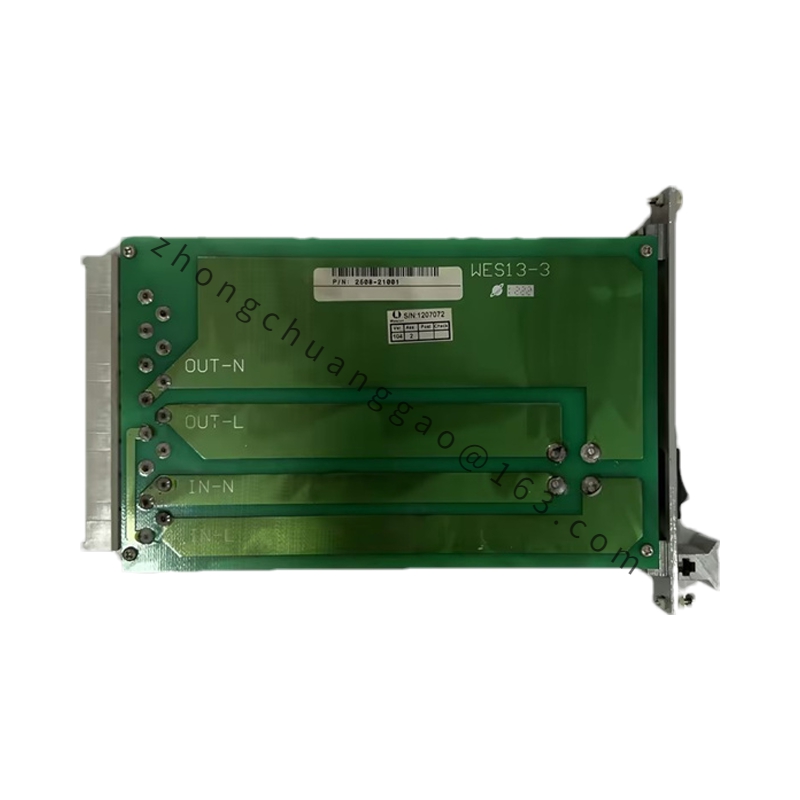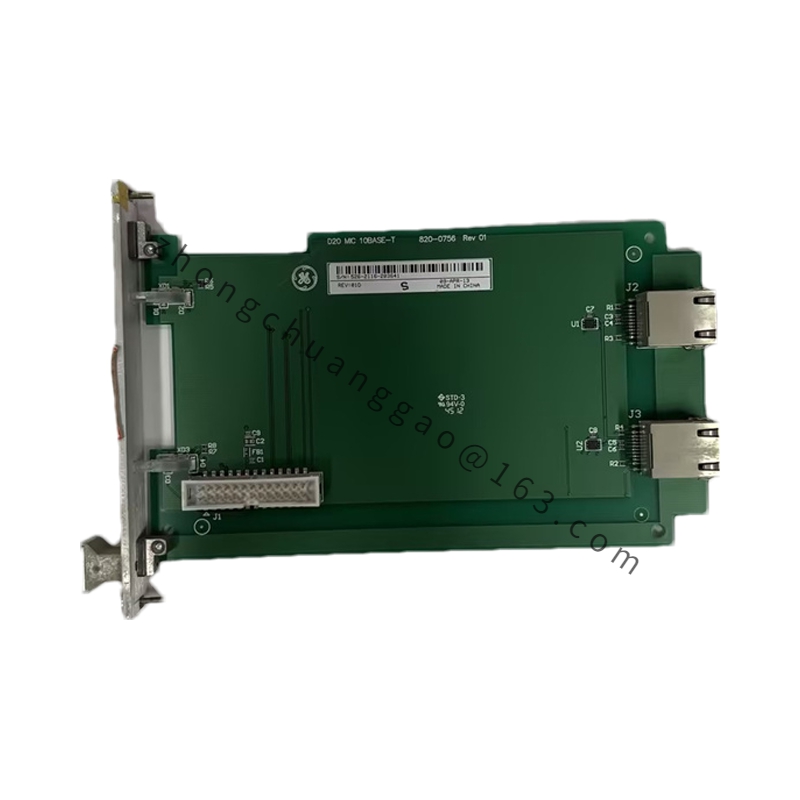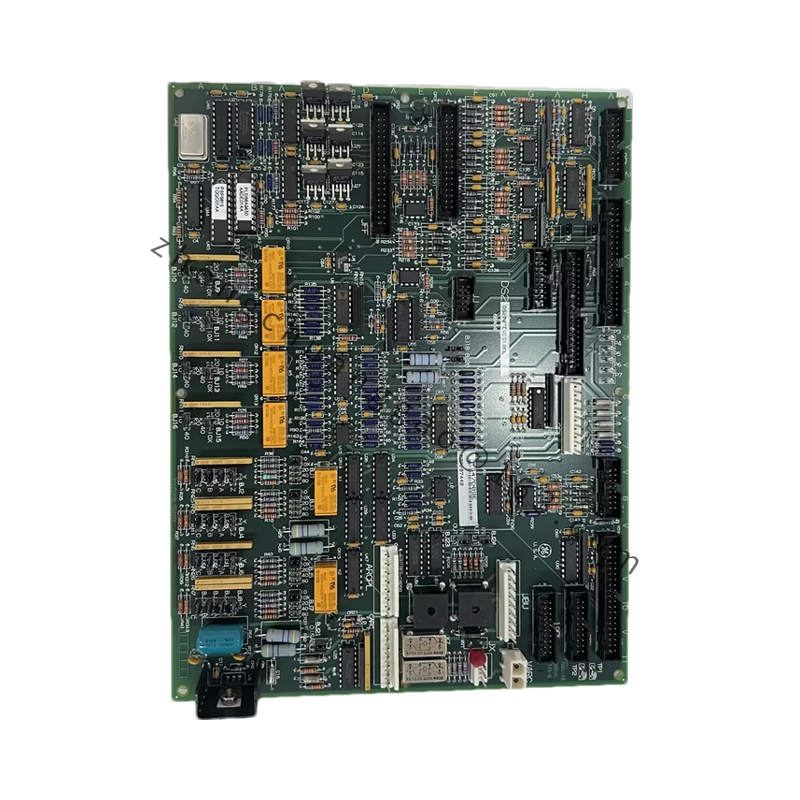GE Fanuc IC200BEM003 PROFIBUS Master Module: High-Performance Industrial Automation Solution
The GE Fanuc IC200BEM003 is a robust PROFIBUS master module designed for industrial automation systems, enabling seamless communication between various devices and facilitating efficient data transfer.
Detailed content
Model Number:IC200BEM003
Type:PROFIBUS Master Module
Series:IC200
Interface Protocol:PROFIBUS DP
Communication Speed:12 Mbit/s
Backplane Current Consumption:225 mA at 5VDC
Number of Supported DP Slaves:125
Operating Temperature Range:-40°C to +70°C
Dimensions (WxHxD):2.0 x 4.0 x 4.5 inches
Weight:0.5 lbs
Connection Ports:1 x PROFINET
Operating Voltage:DC 24V
Unleash the power of seamless integration and communication in your industrial automation system with the GE Fanuc IC200BEM003 PROFIBUS Master Module. This state-of-the-art module is engineered to elevate your system’s performance with its superior compatibility and reliability.
Designed for efficiency and ease of use, the IC200BEM003 is compatible with PROFIBUS DP and MODBUS RTU protocols, ensuring smooth communication between diverse devices. Its robust design withstands extreme temperatures (-20°C to +60°C during operation, -40°C to +85°C during storage), making it ideal for demanding industrial environments.
Equipped with Ethernet connectivity, this module offers versatile configurations, allowing for seamless integration with modern IT infrastructures. Its compact size (140mm x 70mm x 50mm) and lightweight (0.25kg) design make it easily deployable across various applications.
With a Maximum Power Consumption of 10W and a Mean Time Between Failures (MTBF) of over 100,000 hours, the IC200BEM003 ensures reliable operation and minimizes downtime, contributing significantly to the productivity and efficiency of your operations.
For a streamlined setup, this module supports software-based configuration, enabling quick customization and adaptation to specific application needs. Its compatibility with various industrial standards guarantees compatibility with existing systems, streamlining the transition and reducing the learning curve for maintenance personnel.
